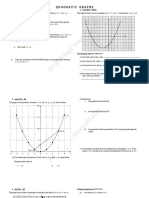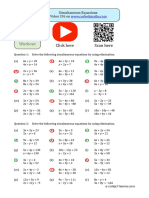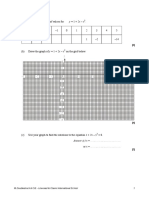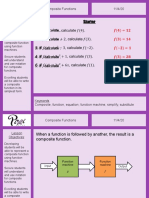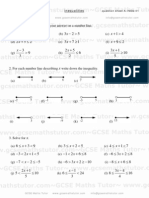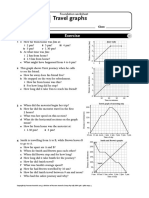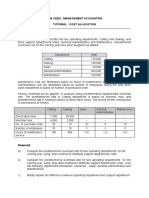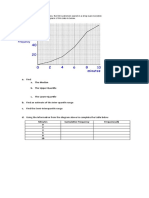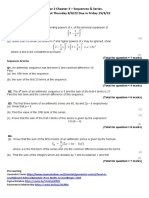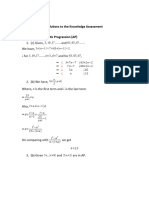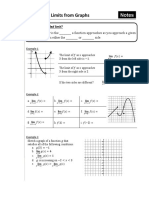0% found this document useful (0 votes)
319 views2 pagesNotes Topic 2.7 Composition of Functions
Uploaded by
venkasan002Copyright
© © All Rights Reserved
We take content rights seriously. If you suspect this is your content, claim it here.
Available Formats
Download as PDF, TXT or read online on Scribd
0% found this document useful (0 votes)
319 views2 pagesNotes Topic 2.7 Composition of Functions
Uploaded by
venkasan002Copyright
© © All Rights Reserved
We take content rights seriously. If you suspect this is your content, claim it here.
Available Formats
Download as PDF, TXT or read online on Scribd
/ 2




